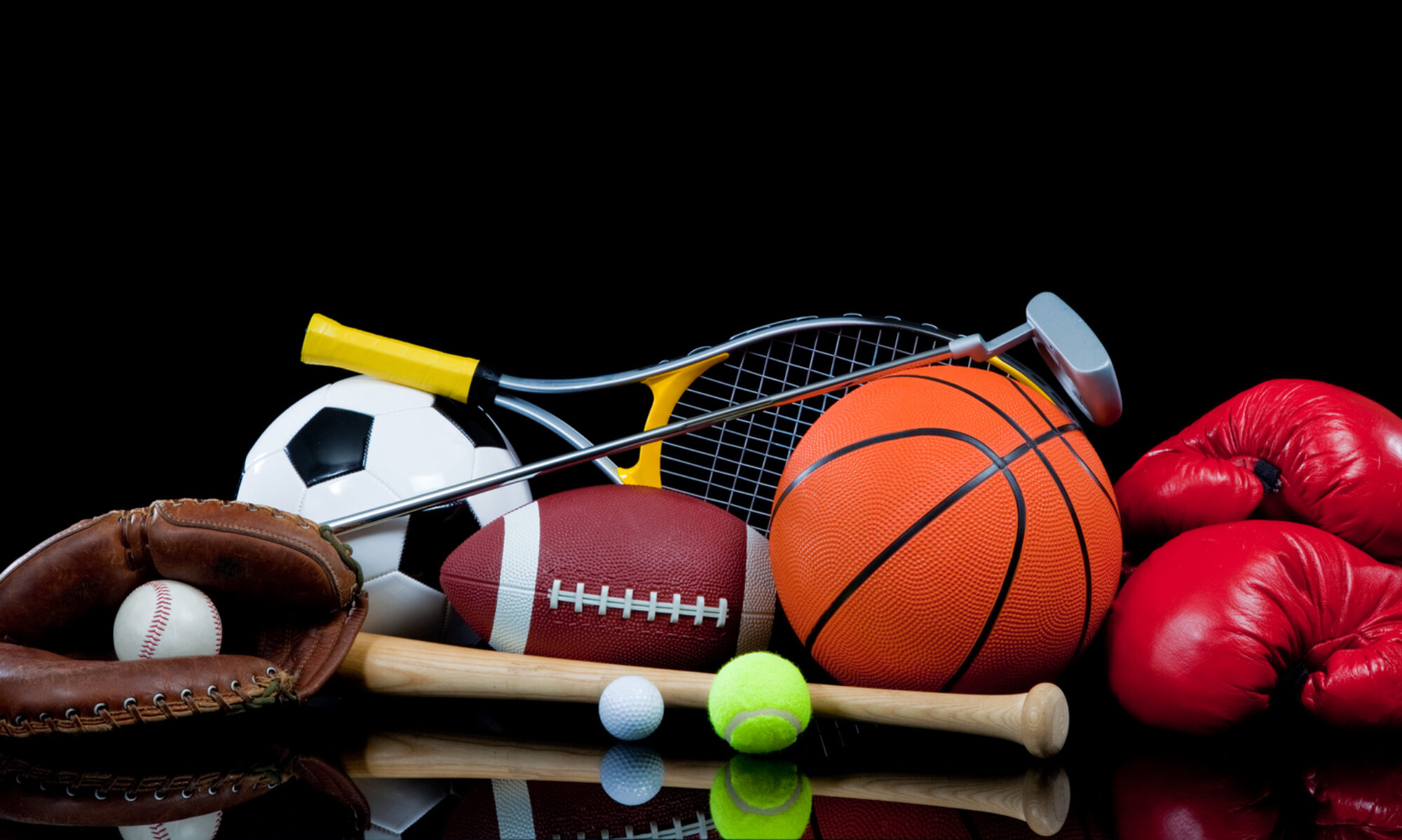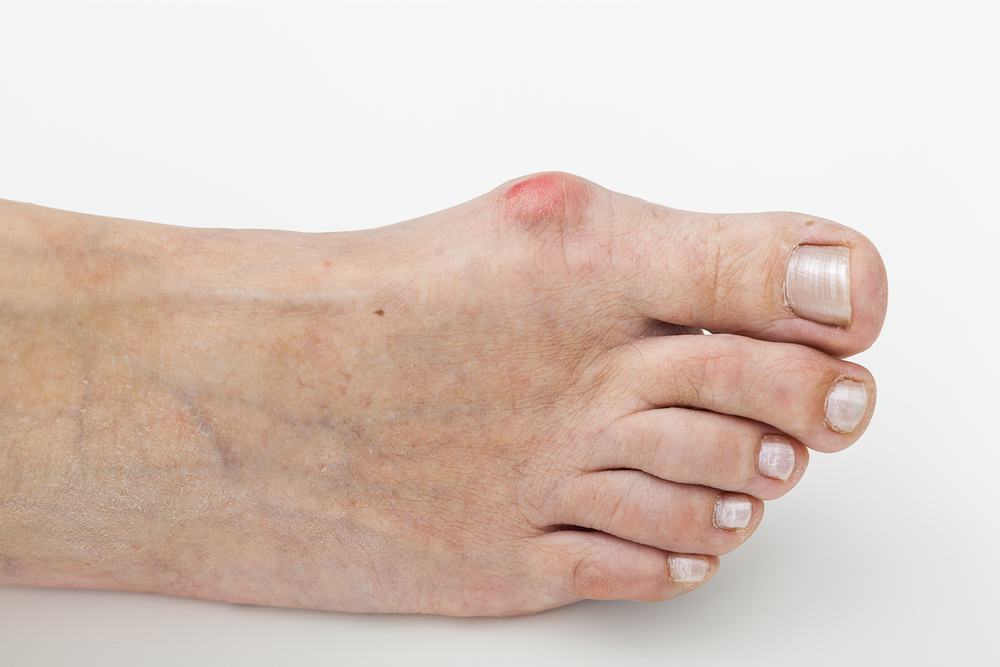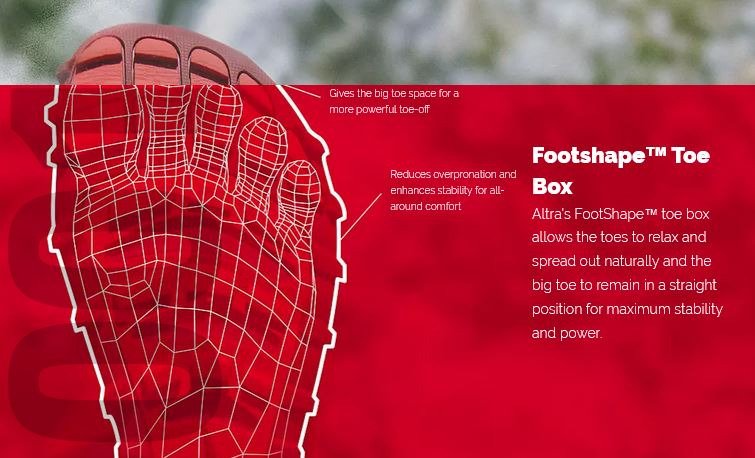Picking out the best suited running shoe is a vital choice that the runner needs to make. As there are a couple of hundred distinct brands and models of athletic shoes out there, this is simply not exactly an uncomplicated selection to make. Each of those models of athletic shoes include different design properties which need to be matched up to the foot shape, running form as well as experiences of the runner. It is broadly thought to be an essential decision which needs to be made and was previously one of the most expensive choices that a runner will have to make (now the wearable technology to track runners’ costs more than athletic shoes). It is considered that from the improper choice of running footwear is made that this will predispose the runner for an greater risk for a running overuse injury.
The first bit of advice for any athlete is to stay with what they are acquainted with. If the running footwear that they’re currently making use of is doing the job, then there is no reason in switching these. Unfortunately, the running footwear brands do usually tend to modify or improve their athletic shoes designs from year upon year, making this not always possible. If a particular running shoe model will modify a lot from what a runner is used to, you can find usually quite a few other running shoes that might be comparable to which can be selected from. The important thing should be to persist with what you’re familiar with and used to running in. That will not be feasible for those that are a newcomer to running. These new runners really should go to a speciality running shoe retailer and get good quality guidance as to what is a great entry level running shoe for first time runners.
The second piece of advice is to get the fit appropriate. Various running footwear versions can be found in different widths, so finding a running shoe that is the appropriate width for the feet are essential for comfort reasons and to steer clear of such things as blisters. The length is required to be correct to steer clear of issues such as injury to the toe nails. The footwear should really be longer than the foot by approximately a thumbs width. Various running footwear brands make use of various lasts that the footwear is made on. This affects the design of the upper of the shoe and it will take a bit of experimentation to discover a running shoe type that the upper which accurately matches the shape of the foot.
The third bit of advice is usually that the running footwear have to be comfortable. This tends to have a sizeable effect and how you are feeling on runs, especially the longer runs. A less than comfortable running shoe is going to make the run to some degree unpleasant. This is where running shoe stores which have a treadmill can be worth their weight in gold. This lets you have a brief jog or run to see how the shoes feel. It is advisable to note not just how the footwear feels but additionally the way you react to the running shoe when you contact the ground and when you press forward on the running shoe.





